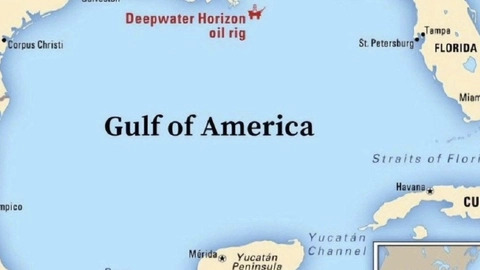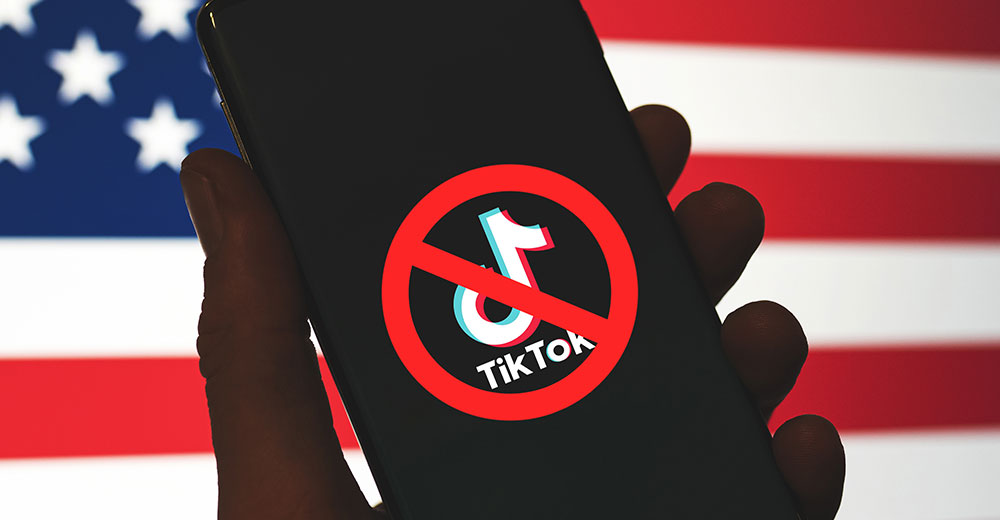In a recent announcement, Google revealed that it will soon update the names of two significant landmarks on Google Maps for U.S. users—the Gulf of Mexico will be renamed the “Gulf of America,” and Denali mountain in Alaska will revert to its former name, Mount McKinley. These changes come as a result of a new executive order issued by former President Donald Trump, which aims to revise landmark names in line with updated federal guidelines. Let’s explore what these changes mean and how they will impact Google Maps users worldwide.

Why the Name Changes?
The decision to rename the Gulf of Mexico to “Gulf of America” and Denali back to “Mount McKinley” stems from an executive order issued by the Trump Administration. The U.S. Department of the Interior has confirmed that these changes are now official, with America’s geographic naming bodies working quickly to implement the updates. The changes reflect a politically driven move to emphasize American influence over these iconic landmarks.
Google, following its longstanding policy of syncing with official government sources, announced that it will update the names on its platform once the changes are reflected in the Geographic Names Information System (GNIS), the official American naming database.
The Gulf of Mexico Becomes the Gulf of America
The Gulf of Mexico, a vital body of water that borders the southern United States and Mexico, will now appear as the “Gulf of America” for U.S. users on Google Maps. This change is exclusively for American users and has sparked significant discussion on both sides of the border.
Mexican President Claudia Sheinbaum openly mocked the proposed name change, stating that such a move disregards the geographic and historical significance of the gulf. For Mexican users, the name “Gulf of Mexico” will remain unchanged on Google Maps. Similarly, in other countries, Google Maps will display both names side by side, acknowledging the contested nature of geographic names in different regions.
Denali Returns to Mount McKinley
The Alaskan mountain known as Denali, North America’s highest peak, will also revert to its previous name, Mount McKinley, for U.S. users on Google Maps. This change reverses the 2015 decision by the Obama Administration to restore the mountain’s original native name, “Denali,” which means “The High One” in the Koyukon Athabaskan language. The Trump Administration’s decision to rename it back to Mount McKinley has faced criticism, particularly from some Alaskan senators and indigenous groups who view the change as a step backward in recognizing native heritage.
What Does This Mean for Google Maps Users?
Google Maps users in the United States will soon see these new names reflected on the platform. However, the name changes will not affect users globally. For example:
- U.S. Users: The Gulf of Mexico will appear as the “Gulf of America,” and Denali will be renamed “Mount McKinley.”
- Mexican Users: The Gulf of Mexico’s name will remain unchanged.
- Global Users: Both names may appear side by side to reflect the contested nature of these landmarks.
Google’s policy of displaying names as per official government sources ensures consistency, but it also acknowledges the cultural and geopolitical sensitivities associated with geographic names. For now, the updates will only take effect after the GNIS reflects these changes.
Controversy Surrounding the Changes
The renaming of landmarks is not without controversy. Critics argue that such changes are politically motivated and disregard the cultural and historical significance of the original names. Indigenous groups have expressed disappointment over the Denali renaming, as it erases a significant part of their heritage. Similarly, renaming the Gulf of Mexico to the Gulf of America has drawn backlash from Mexican authorities and citizens who view the move as an unnecessary assertion of American dominance.











